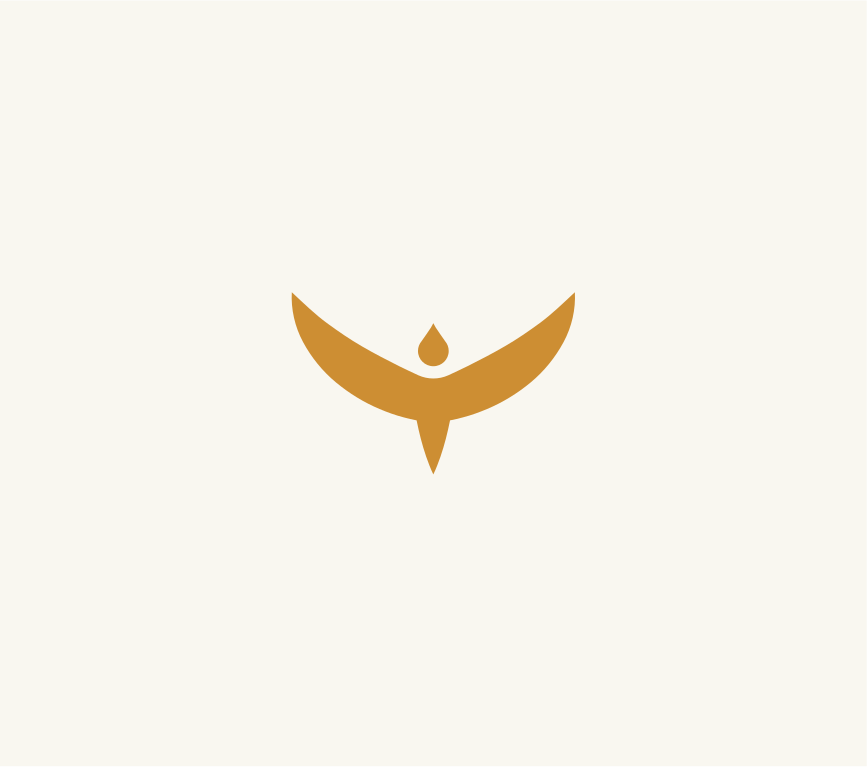Second Labour (Hydra)
For the second labour, Heracles had to kill the Hydra that lived by a spring near Lerna, Argolis.
The Hydra was a creature that had many heads. The number of heads varied, depending on the author. Usually there were nine heads. One of the heads was immortal. The other heads were more deadly: when one head was cut off, two heads would grow in its place.
Heracles also had to fight off a giant crab sent by Hera. Heracles had to kill the crab first before he could face the Hydra. Hera rewarded the crab for its service by placing it in a constellation known as Cancer.
With the help of his nephew and companion Iolaüs (Iolaus, ´Ιολαος), whenever Heracles cut off one of its heads, Iolaüs would use a burning brand to cauterize the neck, to prevent more heads from sprouting out.
The immortal head was easier to dispose of. After cutting it off, Heracles buried the immortal head under a huge boulder. The venom from the Hydra was universally fatal to any victim. Heracles coated his arrows with Hydra's blood. (This venom would later cause his own death.)
However, Eurystheus refused to count this labour because he had help from Iolaüs. Heracles was required to do an extra labour.
Related Information
Sources
Library was written by Apollodorus.
Fabulae and the Poetica Astronomica were written by Hyginus.
Theogony was written by Hesiod.
Related Articles
Iolaüs, Eurystheus.
Hydra.
Facts and Figures: Astronomy, see the constellations of the Hydra and Cancer (the Crab).
By Jimmy Joe






